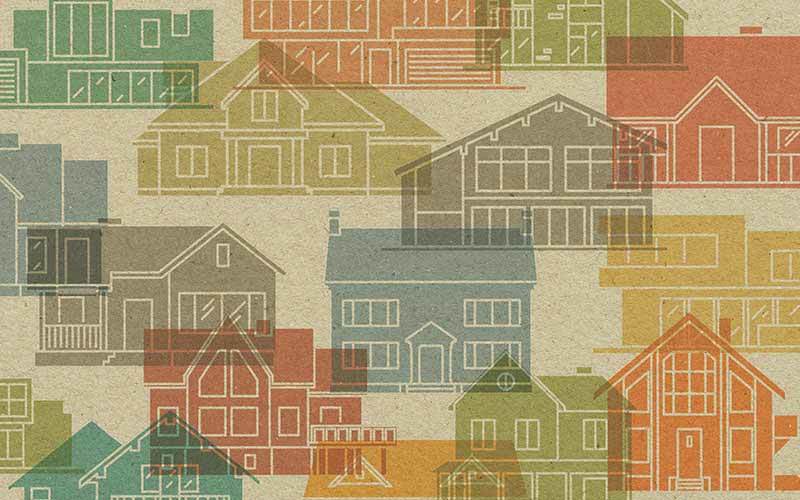Industry Trends
Marketing Insights
If the past year has taught us anything, it is to be prepared for everything. The COVID-19 pandemic shifted the housing market in 2020, and today, the building products industry is in a frenzy. Plunging supply. Surging demand. Slowed manufacturing. Delayed products, sometimes for weeks. For home and building product brands and businesses, the current landscape raises perhaps more questions than answers: How can we prepare in the midst of uncertainty? How can we navigate this market? How can we emerge even stronger?
John Burns Real Estate Consulting’s (John Burns) recent Building Products Strategy Event explored these questions and more. We’re a fan of the John Burns team, and their research is a huge asset to the U.S. housing industry (Todd Tomalak, vice president of research, is part of The Cul-de-Sac, Wray Ward’s advisory panel dedicated to the home and building category).
Miss the session? Don’t worry — we’ve got you covered. While building on your strategy for 2021 and beyond, consider these five things:
1. Housing keeps on growing, with a new twist: increased investment on the build-to-rent side.
Home has become an increasingly important word over the past year, and people are building new homes like never before. Be ready for a housing start that reaches 2M by 2024.
But people are not just buying and building homes, they’re also renting them. According to John Burns, single-family rentals will matter far more than most people in the building industry believe. There is a higher volume of single-family rentals with investors supporting home price appreciation.
2. New product innovations are sorely needed.
People are not just looking for good homes to rent or buy. They are looking for products that can make their homes great.
Over the past year, home has become a haven. Consumers have long looked to new technologies to enhance their lives. New communities are causing a shift in home design and a greater need for different types of products. This, in turn, is fueling increased demand for innovation and consumers’ desire for products that align with these new technologies. The next generation of buyers will be all about more upfront data collection policies and statements, better healthcare and increased privacy, and they want products that align with these desires.
3. Big remodeling project spending will recover and begin to drive growth.
Over the past year, we learned more time at home leads to more remodels. Furthermore, 2021 is teaching us DIY is not just a COVID-19 play. Currently, DIY spending per household is at a 20-year low, but it is expected to grow with first-time homebuyers over the next several years.
While DIY spending is slowly growing, big remodeling projects aren’t slowing down. In fact, big remodeling project spending is expected to increase rapidly over the next several years — a byproduct of postponed COVID-19 interior tear-outs and a massive wave of outdated and poorly aging homes. Remodeling, in turn, is fueling the conversion of composite materials, making some spending categories more cyclical than before.


